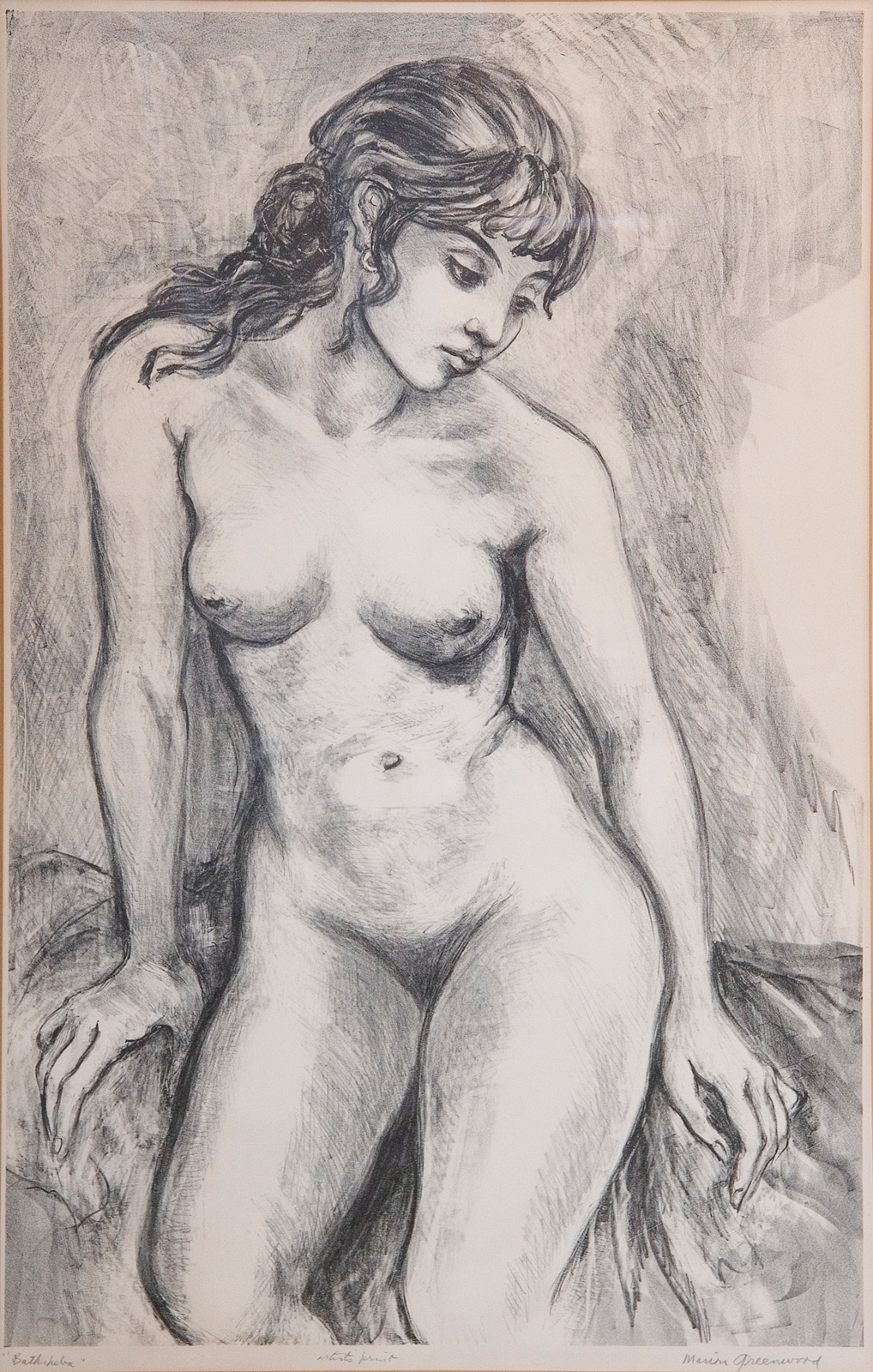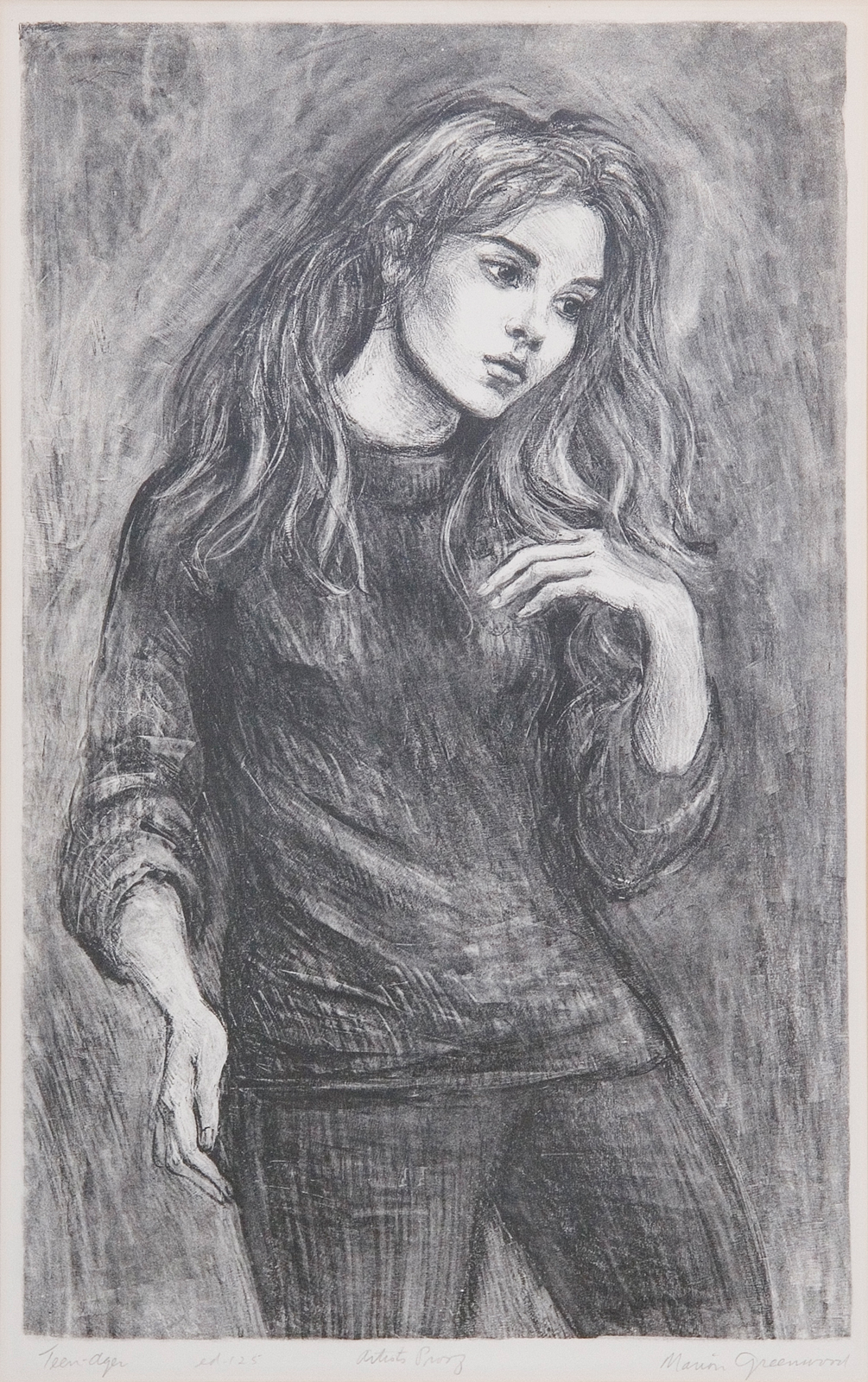Marion Greenwood (1909-1970)
“It's as Delacroix said, oil painting is a lazy medium but not fresco.” So pronounced social realist muralist, painter, and lithographer Marion Greenwood who, according to her own standards (and those of Delacroix), would not be counted among the lazy. Before the WPA even formally began in the United States, Greenwood and her sister Grace were down in Mexico City, learning fresco techniques and creating large-scale murals in hotels, on university buildings, and in public markets — first by their own pluck and gumption, and then by formal invitation of the Mexican government, recommended on the word of Diego Rivera, who called them “the greatest living mural painters.”
Born in 1909 in Brooklyn to an Irish-American family, Greenwood first studied painting, lithography, and mosaics on scholarship at the Art Students League under the likes of John Sloan and Alexander Archipenko. When she traveled to Mexico City in 1932, she met a pupil of Rivera’s — Pablo O’Higgins — who first taught her the fresco technique she grew to so love. Her early years in Mexico were primarily spent wandering and sketching everyday people — in the field, at the market, fishing, selling wares; those animated drawings eventually being worked up to t Though she returned to New York in 1936 to create several murals under the WPA, she was dissatisfied with the process compared to her work in Mexico, saying the U.S. standards were stifling to creative expression.
During WWII Greenwood served as an artist war correspondent in Atlantic City, one of few women to hold the post. She followed injured veterans from surgery through recovery upon their return from the war — these images are marked by the eerie green overcast of hospital halls and surgical theaters, but maintain the raw, human Ashcan bent of her training. After the war, Greenwood moved to Hong Kong for two years, then traveled on magazine assignments through India, Haiti, Trinidad, and Europe.

